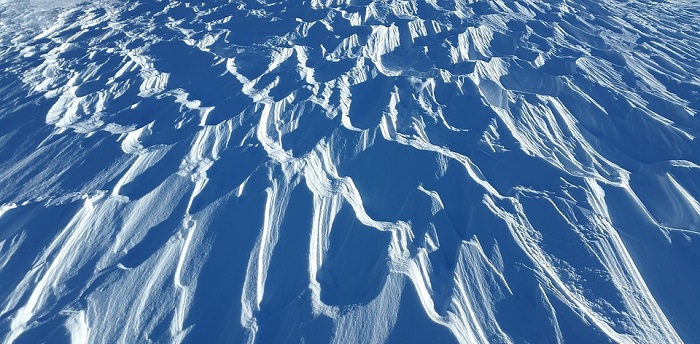What are the effects of wind to change the Earth’s surface? How Does Wind Change The Earth’s Surface?
Gravity helps make the wind blow. And wind can cause changes in the earth’s surface. Of course, wind does not have enough force to move pebbles and stones. But wind can pick up fine soil and carry it far away, where it settles to the earth in layers. For thousands of years, wind has been at work, moving soil and sand from place to place. Along the Mississippi Valley and in parts of China, geologists have found beds of fine soil hundreds of feet thick. These were left there by the winds of long ago.

Wherever there is little moisture, there are few plants to hold the soil. In some parts of our country, wind has swept over dry, bare soil and caused terrible dust storms. Roads, fences, houses, and barns were sometimes covered by the soil that was blown over them. Strong winds lifted thousands of tons of rich soil high in the air and carried it away. Huge clouds of dust were blown across the country and out over the Atlantic Ocean. During one dust storm, soil from Kansas, Oklahoma, and Texas was carried all the way to the New England states.
Wind also piles sand up into hills. These sand hills, called dunes, are found in deserts and along the shores of lakes and oceans. Near a lake or ocean, a dune can be started very easily. Sand has already been sorted when water washes it up on the beach. Here wind can pick up the sand as soon as it is dry. The sand blows along in the wind until a plant or other object slows the moving air. Then some of the sand is dropped and forms a small drift. As more and more sand is blown against the drift, it rolls up the front and settles behind. After this has gone on for some time, a dune is formed. The wind keeps on blowing sand up the front of the dune and dropping it behind. So a dune may move along, covering up trees and buildings and uncovering them again later on.
Along the shores of Lake Michigan, the wind has picked up beach sand and made dunes over 200 feet high. Some of them move as much as 15 to 20 feet a year. However, where there is enough rain, plants begin to grow on the dunes. As new soil is formed, trees grow, too. Finally, the dunes stop moving. In the San Luis Valley of Colorado, some of the highest inland dunes are found. Their height is about 1000 feet.
Wind not only carries away soil and builds dunes, but it also wears away rocks. If you look at a particle of sand through a magnifying glass, you can see the sharp edges. These edges stay sharp unless they are worn smooth by water. When wind blows sand against rocks year after year, the rocks are slowly worn away. The softer parts of the rocks are worn away first. This gives the rocks different shapes. So even though you cannot see the wind, you can see that it causes changes in the earth’s surface. It does this by moving soil and sand and wearing away rocks.